California’s Big Sur coast stretches roughly 90 miles along Highway 1, offering some of the most breathtaking and rugged coastline anywhere in the world. Unlike the sprawling sandy beaches of Southern California, Big Sur’s shores are tucked into dramatic coves, hidden beneath towering cliffs, and scattered among jagged rocks that have been carved by centuries of pounding Pacific waves.
Here is a list of 18 spectacular beaches that showcase the raw beauty and untamed spirit of this legendary stretch of coast.
Garrapata Beach
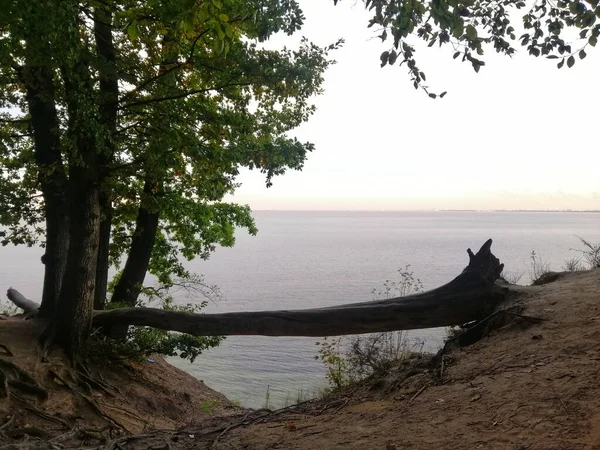
Garrapata State Park boasts four miles of coastline and numerous hiking trails, with many considering this secluded beach to be the best in Big Sur. The wide, flat sandy stretch sits about 10 miles south of Carmel-By-The-Sea and offers some of the most walkable beach terrain along the entire coast.
Sea lions, otters and even dolphins frequent this stretch of coast, so carry binoculars if you have them. Three pullouts along Highway 1 mark the access points, with trails leading down from the central and southern parking areas to this pristine stretch of sand.
Andrew Molera State Park Beach
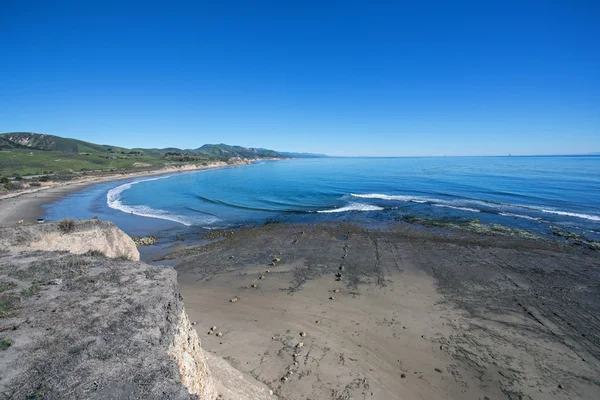
Andrew Molera State Park is the largest state park on the Big Sur Coast, located 23 miles south of Carmel. The beach here stretches for two miles and requires an easy, almost flat hike along the aptly named Beach Trail that follows the banks of the Big Sur River.
Andrew Molera State Park’s beach is considered Big Sur’s most reliable surfing destination and is also a prime surf fishing spot. The path itself winds through meadows filled with wildflowers and sycamore trees, offering views of the coastal mountain range before reaching this expansive stretch of sand, rocks, and driftwood.
Like Travel Pug’s content? Follow us on MSN.
Pfeiffer Beach
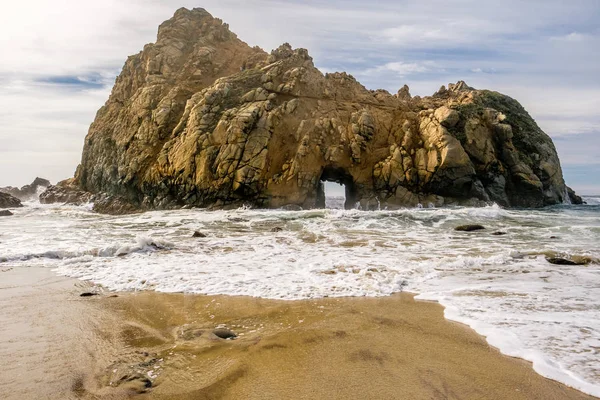
Many locals name Pfeiffer Beach their favorite because of its wide sandy beaches and the arch rock that lies just offshore. This beach is famous for its purple sand, created by manganese garnet deposits washing down from the nearby hills. Pfeiffer Beach is hard to find for the uninitiated, located at the end of unmarked Sycamore Canyon Road, which is the only paved, ungated road on the west side of Highway One between the Big Sur Post Office and Pfeiffer Big Sur State Park.
The dramatic keyhole rock formation creates one of the most photographed scenes along the entire coast, especially during sunset when light streams through the natural arch.
McWay Cove at Julia Pfeiffer Burns State Park
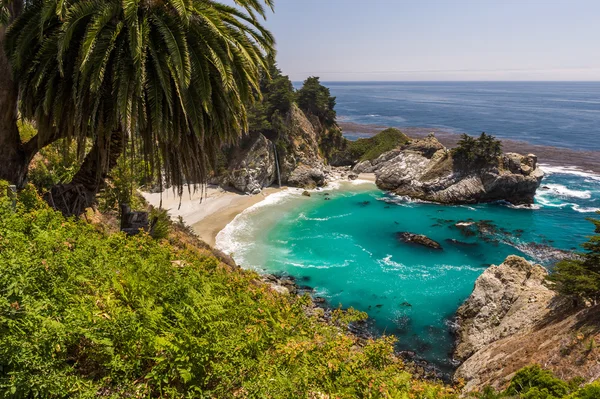
While horseshoe-shaped McWay Cove boasts a lovely crescent of sand, it’s best known as the site of McWay Falls, which plunges 80ft from a crevice in the cliff face onto the sand below. A 1983 landslide deposited sand at the base of the waterfall and created the sandy cove seen today beside McWay Falls.
Unfortunately, beach access is strictly prohibited here, but the clifftop overlook provides one of the most iconic views in all of California. The beach looks so perfectly pristine because there is no beach access here.
Sand Dollar Beach
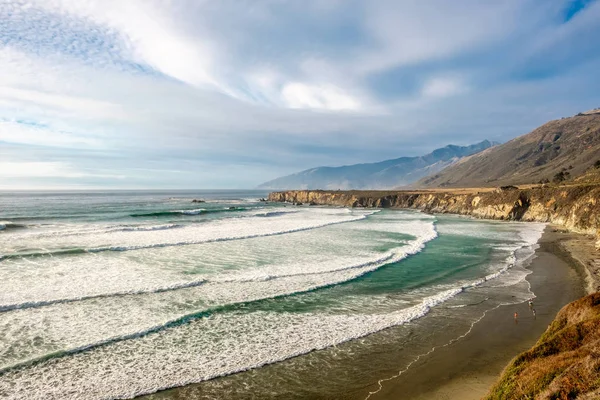
The biggest unbroken stretch of beach in Big Sur, Sand Dollar Beach is popular with rockhounds for its jade and hikers and photographers for its breathtaking bluffs. The largest crescent of sandy beach in Big Sur, set below the dramatic Pacific Valley cliffs. A steep wooden staircase leads down about 150 feet to this protected crescent-shaped beach that offers some of the mildest weather along the coast.
Beautiful jade stones and other rounded sea rocks can also be found along the back of the Sand Dollar Beach. The beach sits 25 miles south of the main Big Sur settlement and provides excellent surfing, exploring, and fishing opportunities.
Like Travel Pug’s content? Follow us on MSN.
Jade Cove
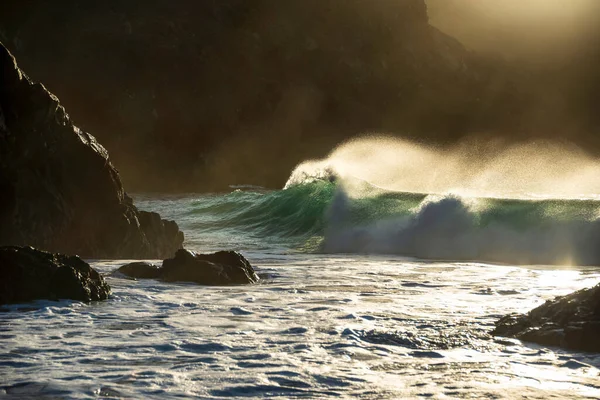
Named after the smooth, waxy stone frequently found on its rocky beaches after a storm, Jade Cove lies 27 miles south of the main settlement in Big Sur, two miles south of Sand Dollar Beach. This isn’t really a traditional beach but rather a boulder-strewn rocky cove where visitors can hunt for California jade among the tidepools and coarse gravel.
Look around among the tidepools, the course gravel, and the boulders. Be careful on the trail as it’s fairly steep. The area is famous among rockhounds, though serpentine, a common stone that looks identical to jade, is also often found there.
Partington Cove
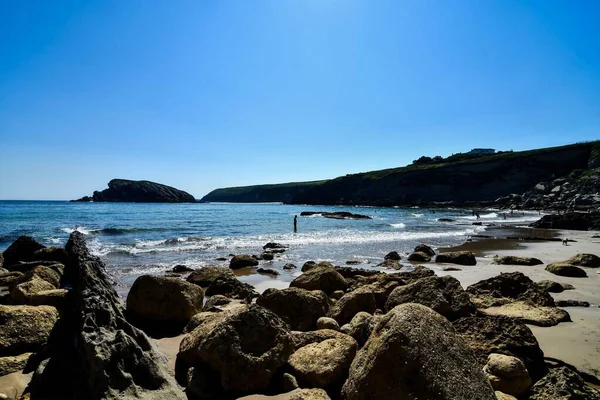
Popular with divers, this beach has excellent views and great tide pools. Much of the tan bark and lumber was shipped out of this cove, and there is a tunnel that goes through the ridgeline that opens into a beautiful cove which still has parts of the shipping tools bolted to the rocks.
The trail is a dirt wagon road leading down to the Pacific Ocean, and at the bottom where it reaches Partington Creek, it splits north and south. This hidden gem requires a hike through a fascinating rock tunnel and offers a glimpse into Big Sur’s logging history along with spectacular tide pooling opportunities.
Point Lobos Beaches
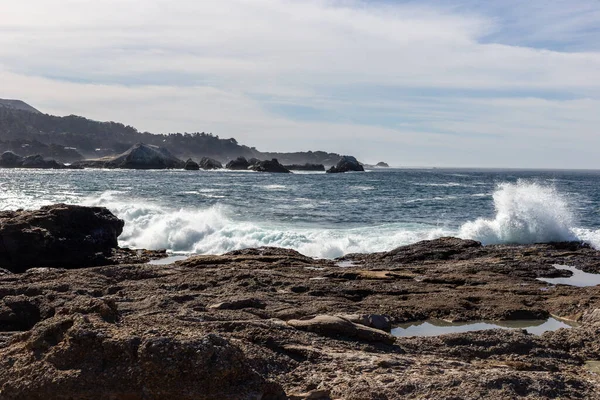
Point Lobos State Natural Reserve is located on the central coast of California, with its entrance on Highway 1 about 3 miles south of Carmel-by-the-Sea. This state park has eight different beaches in small coves around Point Lobos.
The reserve includes China Cove, Whalers Cove, Hidden Beach, Weston Beach, Sea Lion Cove, and Gibson Beach. China Cove is a small, secluded cove considered one of the park’s hidden gems, bordered by towering cliffs with clear blue waters. Each cove offers something unique, from tide pool exploration to wildlife watching.
Like Travel Pug’s content? Follow us on MSN.
China Cove
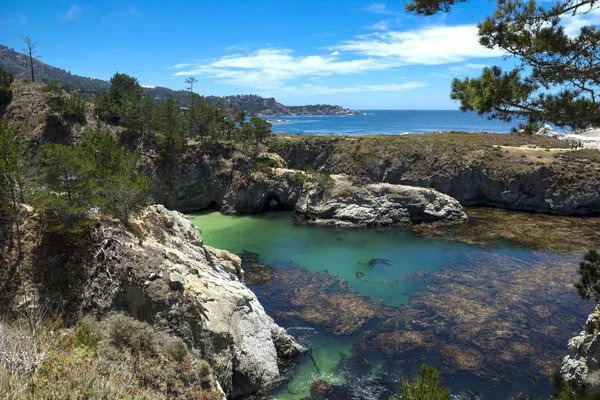
China Cove is known for magnificent emerald waters, sea caves, and abundant wildlife that call it home. Upon arriving at China Cove, you’re immediately struck by the stunning natural beauty surrounding you, with the cove bordered by towering cliffs and clear blue waters of the Pacific Ocean shimmering in the sunlight.
It’s the perfect hidden beach – tricky enough to find and access that it’s not too crowded, but not so hard to get to that it’s impossible to visit. Seals can often be seen swimming through the kelp beds and basking on the small beach while gentle waves lap the shore.
Whalers Cove
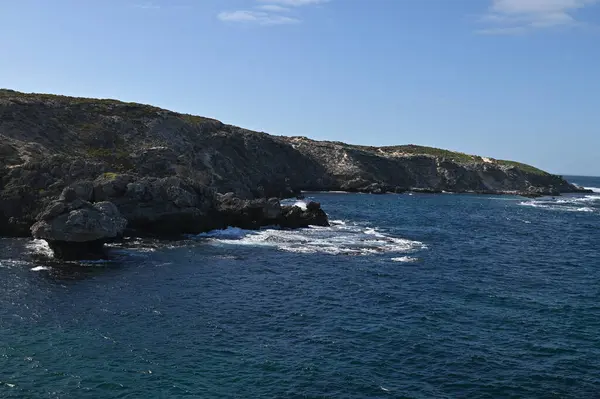
Whalers Cove is the northern beach in Point Lobos State Natural Reserve near Carmel. The whaler’s cabin was built in the 1850s and the Carmel Whaling Company operated it from 1862 to 1879.
This historic cove combines natural beauty with fascinating maritime history. Diving is permitted only at Whalers and Bluefish Coves. The protected waters and rich marine life make this a premier destination for scuba diving, while the adjacent museum offers insights into the area’s whaling past.
Gibson Beach
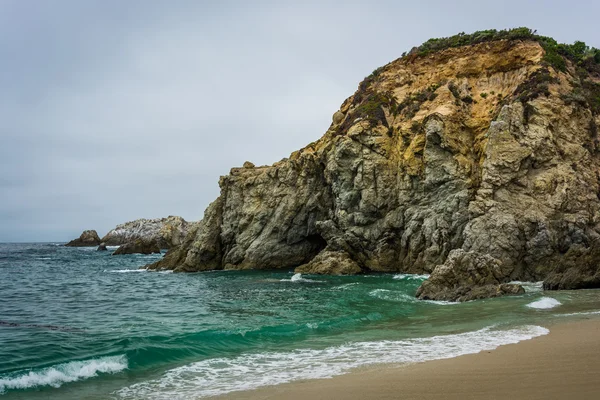
Gibson Beach is another hidden gem, tucked away from the main road and accessible only through a short hike along the Bird Island Trail. The journey to the beach rewards you with turquoise waters, white sand, and breathtaking views of the Pacific Ocean.
This secluded spot offers perfect conditions for a peaceful retreat, though visitors should note that Gibson Beach is closed due to damage and debris from high surf and flooding. When accessible, the clear and cool waters provide ideal snorkeling conditions with abundant marine life including colorful fish, crabs, and sea lions.
Like Travel Pug’s content? Follow us on MSN.
Hidden Beach
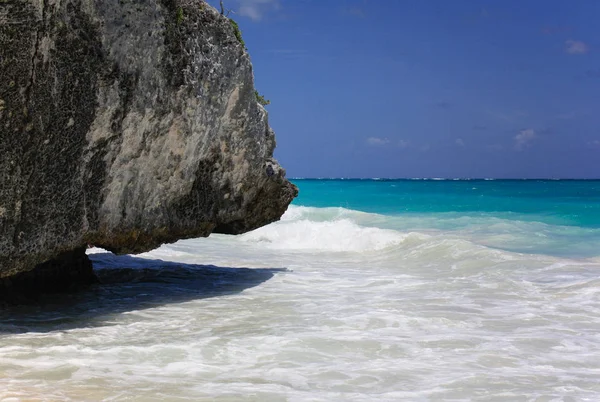
Hidden Beach at Point Lobos State Natural Reserve isn’t really hidden – actually it’s one of the easier beaches to reach. Despite its name, this beach offers relatively easy access compared to many others in the area.
The calm waters and protected location make it a favorite for families and those seeking a more relaxed beach experience. Visitors can enjoy beachcombing, tide pool exploration, and wildlife watching in this scenic cove.
Weston Beach
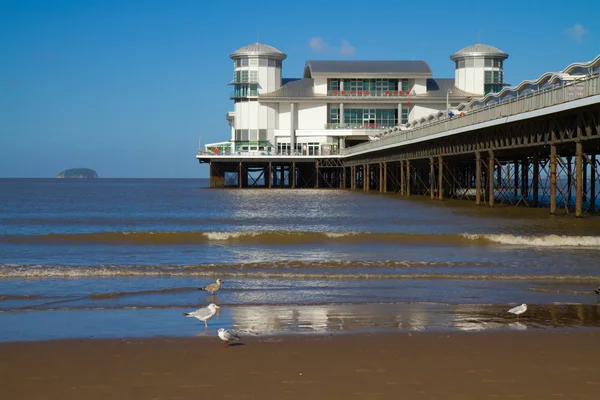
Weston Beach is a great beach to walk down to if you want to check out the tide pools. Weston Beach at Point Lobos State Natural Reserve has a few small pebbly areas, but it’s known for its excellent tide pooling opportunities.
The rocky intertidal zone here supports diverse marine life, making it perfect for observing sea anemones, hermit crabs, and other fascinating creatures. The beach provides educational opportunities for visitors to learn about coastal ecosystems while enjoying the dramatic ocean views.
Sea Lion Cove
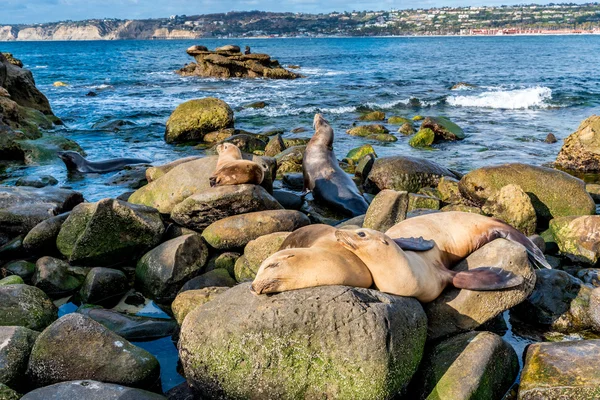
Sea Lion Cove at Point Lobos State Natural Reserve is a top spot for watching wildlife and whales. True to its name, this cove regularly hosts groups of California sea lions who use the rocky ledges for hauling out and resting.
The elevated viewpoints around the cove provide excellent opportunities for wildlife photography and whale watching, particularly during migration seasons. The protected waters and abundant fish populations make this an ideal feeding area for marine mammals.
Like Travel Pug’s content? Follow us on MSN.
Limekiln Beach
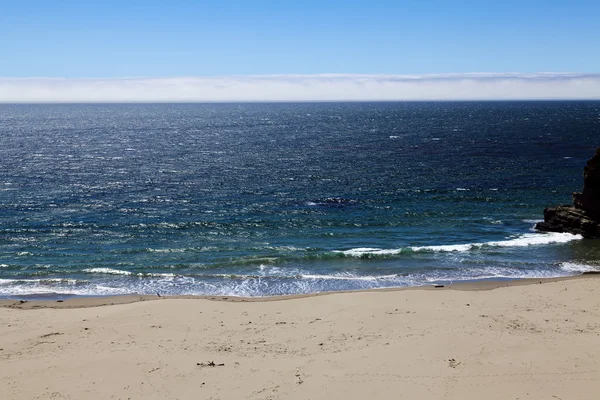
The small beach at Limekiln State Park sits in the shadow of a tall bridge on Highway 1. This intimate beach combines the dramatic architecture of the Limekiln Creek Bridge with natural beauty.
The park’s redwood groves and creek provide a stunning backdrop to the small but scenic beach area. Visitors can explore both the forested uplands and the coastal environment in one convenient location, making it perfect for those who want to experience Big Sur’s diverse ecosystems.
Mill Creek Beach
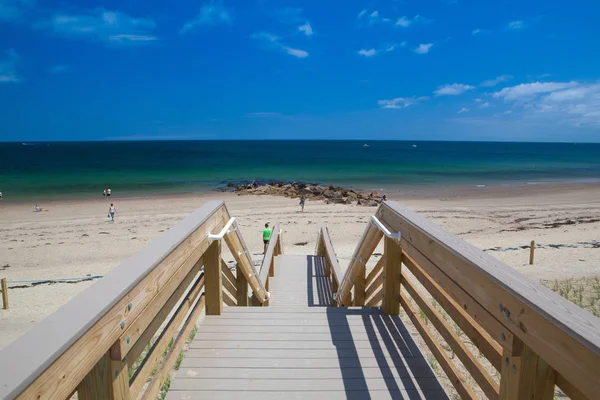
Mill Creek Picnic Area is a Los Padres National Forest day-use area along the southern Big Sur coastline. Mill Creek Picnic Area is part of the Los Padres National Forest and includes two beach access points. This location offers multiple beach access points in a more remote setting compared to the state parks.
The National Forest setting provides a different perspective on Big Sur’s coastal beauty, with less development and more emphasis on the wild, natural character of the coast.
Kirk Creek Beach
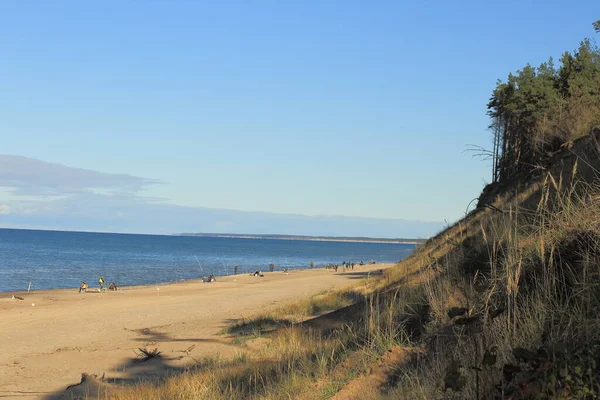
Kirk Creek Campground is a blufftop camping spot for RV and tent campers in the southern Big Sur area. The beach here provides direct access for campers staying at the blufftop campground, offering a unique opportunity to camp literally above your beach destination.
The elevated position provides stunning ocean views and easy beach access, making it popular with both tent campers and RV enthusiasts seeking an oceanfront camping experience.
Like Travel Pug’s content? Follow us on MSN.
Willow Creek Beach
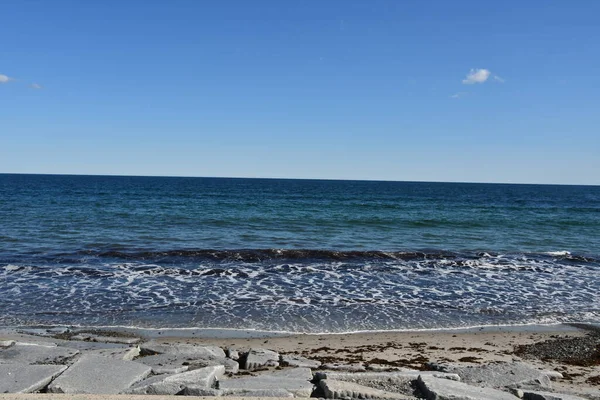
Willow Creek Picnic Area has the first public sandy beach in Monterey County when driving north from San Luis Obispo County. This beach marks the southern gateway to Big Sur’s coastal wonders for travelers approaching from the south.
The sandy beach provides a gentler introduction to Big Sur’s coastline before visitors encounter the more dramatic rocky shores further north. The picnic facilities make it an ideal spot for families to enjoy both beach time and outdoor dining with ocean views.
The Enduring Magic of Big Sur’s Shores
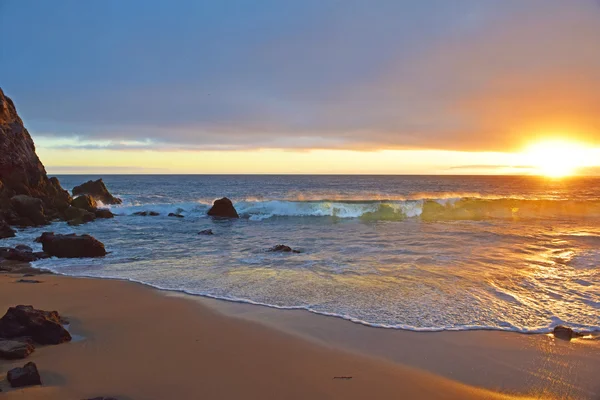
Big Sur has been called the “longest and most scenic stretch of undeveloped coastline in the contiguous United States”. These 18 beaches represent just a fraction of the natural treasures hidden along this legendary coast, each offering its own unique blend of rugged beauty, marine life, and geological wonders.
With 4.5 to 7 million visitors annually, it is among the top tourist destinations in the United States. From the jade-hunting opportunities at remote coves to the iconic waterfalls cascading onto pristine sands, Big Sur’s beaches continue to captivate visitors just as they did the early settlers who recognized this coastline as something truly extraordinary.
Whether you’re seeking solitude among the tide pools or adventure in the surf, these coastal gems preserve the wild spirit that makes Big Sur one of the world’s most cherished landscapes.
More from Travel Pug

- 20 Best Beach Towns in the Carolinas
- 13 Destinations Where Tourists Regularly Regret Their Trip
- 20 Things You Actually Get in First Class
- 20 Small Airports With Aviation Museums
- 20 Places in the U.S. That Are Perfect for a Reset Trip
Like Travel Pug’s content? Follow us on MSN.
